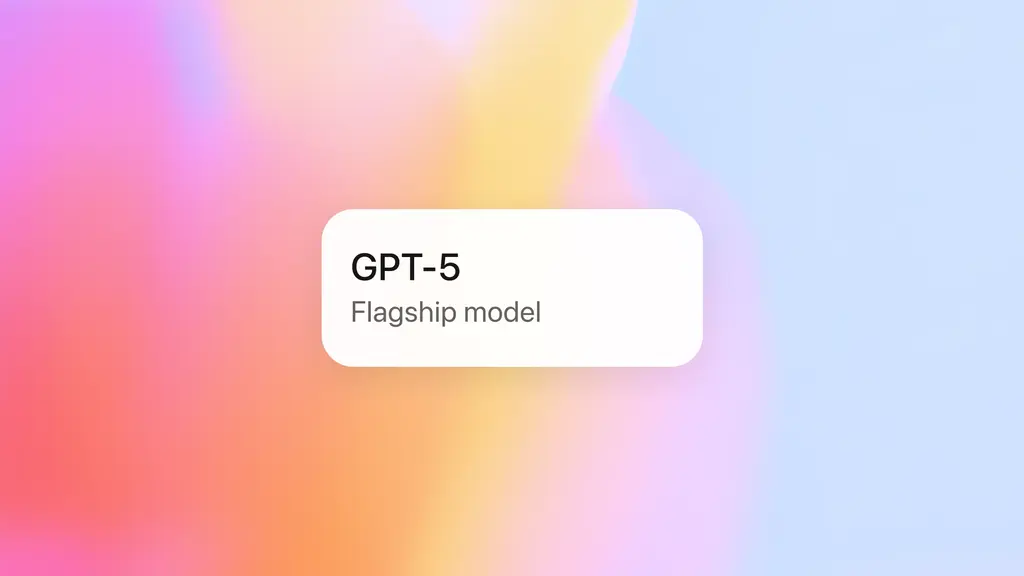OpenAI has released GPT-5, its latest AI model, to both free and paid users across its platforms. CEO Sam Altman describes it as having “PhD-level” intelligence, comparing earlier versions to college and high school students.
“Today, GPT-5 launches across our platforms, including Microsoft 365 Copilot, Copilot, GitHub Copilot, and Azure AI Foundry,” Microsoft CEO Satya Nadella announced. He noted the progress since OpenAI debuted GPT-4 two and a half years ago has been “incredible.”
The new model comes with several variants: GPT-5-mini (a lightweight version), GPT-5-nano (faster and cheaper, API-only), and premium options like GPT-5-pro and GPT-5-thinking for paying customers. Free users receive limited access to GPT-5 and GPT-5-mini, while the $200/month Pro tier unlocks unlimited usage.
OpenAI claims significant performance improvements, with hallucination rates reduced by 26% compared to GPT-4o and 65% versus the previous o3 model. The company reports over 5,000 hours of safety testing and “red-teaming” to improve reliability.
Despite these claims, early users discovered basic errors. Some reported the model insisting “blueberry” contains three B’s and incorrectly identifying US states with the letter R. When tasked with creating a map, it misspelled states as “Krizona” and “Vermoni,” while inventing non-existent states like “New Jefst.”
Similar posts
The system includes practical upgrades, with context windows expanded to 256,000 tokens (up from 200,000), enabling better handling of lengthy conversations and documents. Pro users will soon access Gmail, Google Calendar, and Contacts integration, with other tiers following later.
For developers, GPT-5 costs $1.25 per million input tokens and $10 per million output tokens. The mini variant is priced at $0.25 and $2 respectively, while nano runs at $0.05 and $0.40 – now cheaper than Google’s Gemini 2.5 Flash.
Coding capabilities have improved, with GPT-5 scoring 74.9% on SWE-Bench Verified and 88% on Aider Polyglot benchmarks. During demonstrations, OpenAI showed the model building an interactive language-learning application in under a minute.
Personalization features allow users to select from four preset personalities (Cynic, Robot, Listener, and Nerd) and customize chat colors. The interface now automatically selects the most suitable model based on query complexity.
The competitive landscape remains tight. While GPT-5 tops some benchmarks, products from Google (Gemini), Anthropic (Claude), and xAI (Grok) maintain advantages in specific areas. This has led to online exchanges between tech leaders, with Elon Musk warning Nadella that “OpenAI will eat Microsoft alive” – despite Microsoft’s significant investment in OpenAI.
Nadella responded to Musk’s comments saying, “People have been trying for 50 years and that’s the fun of it! Each day you learn something new and innovate, partner, and compete.”
OpenAI reports 700 million weekly ChatGPT users, 5 million paying business customers, and 4 million developers using its API. Altman describes GPT-5 as “clearly a model that is generally intelligent” and a “significant step” toward artificial general intelligence, though it cannot yet learn continuously after deployment.






